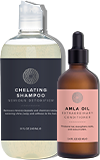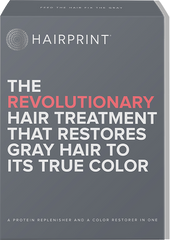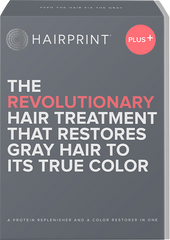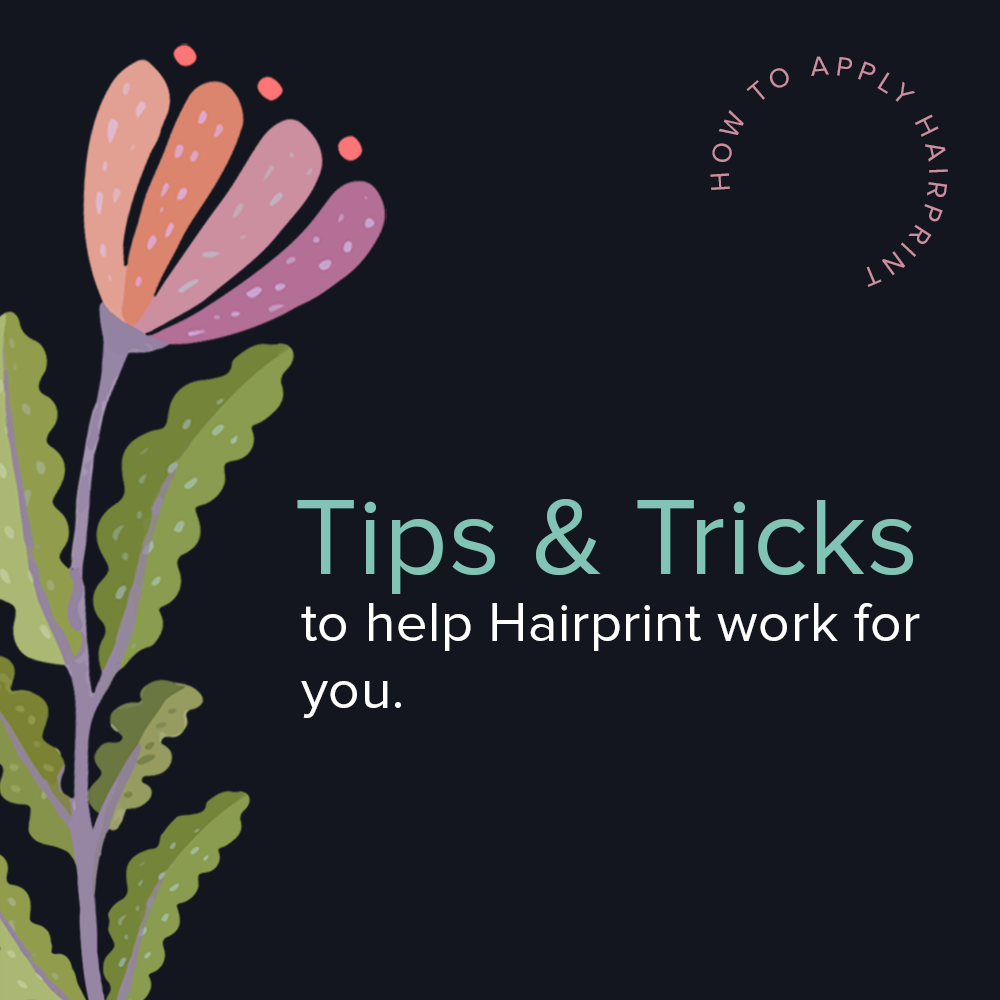
How to Help Hairprint Work For You
Not 100% coverage every time
- Temperature, technique, and timing can make a difference.
- The warmer the room, the warmer the hair, the better it works. Shower caps during treatment help retain temperature.
- All hair is different. We call it Hairprint® for a reason. Like a fingerprint, no two heads of hair are alike. Hair can range from thin and permeable to thick and impervious and everything between. Salons use strong peroxide developers to tear the hair open. We do not. We use a mild Prepare treatment to nudge the cuticles.
- We have clients who use an extra treatment of Restore (Plus kit) and that seems to do the trick.
- Focus on the roots when Preparing. The newest hair is the most impermeable. It hasn’t fully “opened.” Some people using baking soda and scrub into the roots at the same time.
Too many steps/takes too long
- It does the first time. However, people get good at it. We have a male customer who does it in 28 minutes. It doesn’t leave it on as long but gets full coverage. It takes long because we don’t use chemicals. The body and hair need to be treated gently and gentle and time are synonymous. We have people using it for many years. Like cooking a recipe, you get good at it, find shortcuts, listen to a great podcast, and get it done.
Messy
- Putting anything on your head is messy. For sure. We have customers who do each other’s hair. We have customers teaching their stylists to do it. But mostly our customers figure out how to do it effectively without much muss and fuss.
Too much preparation to get positive outcome (i.e. stopping oils, styling products)
- In the past two decades hair products have become hair make-up. Hair sprays contain plastic, conditioners contain silicone (the same product that makes tires and dashboards shiny, and so on. High quality oils are nourishing for the scalp and hair. We make them, sell them and recommend them. Best to stop using them a week before treatment.
Can’t use on chemically processed hair/ have to use transition
- This is frustrating for us too. If your hair is dark or black, no transition is needed if you are restoring your hair to its true color. If brown or light brown, dyed hair requires a transition because it is been harmed by the hair dyeing process. The new hair, as it grows in, will be restored to its natural color.
No smaller/root/half portions
- We agree. We have to get that done.
Not enough salon/stylists use it
- We agree. Please recommend.
No blonde or red
- Blonde, chestnut, and red hair contain some or all of a different pigment called pheomelanin. Hairprint creates melanin, the natural pigment that colors all brown and black hair, eyelashes, eyebrows, freckles and skin.
Stains the skin and hands
- Use oil on the forehead before applying if you have dry skin. And use gloves for the hands. If stain occurs it comes off with cold cream.
Makes hair too dark for a few days
- This occurs when the melanin is adhering to the outside of the hair for a day or two. It washes naturally.










